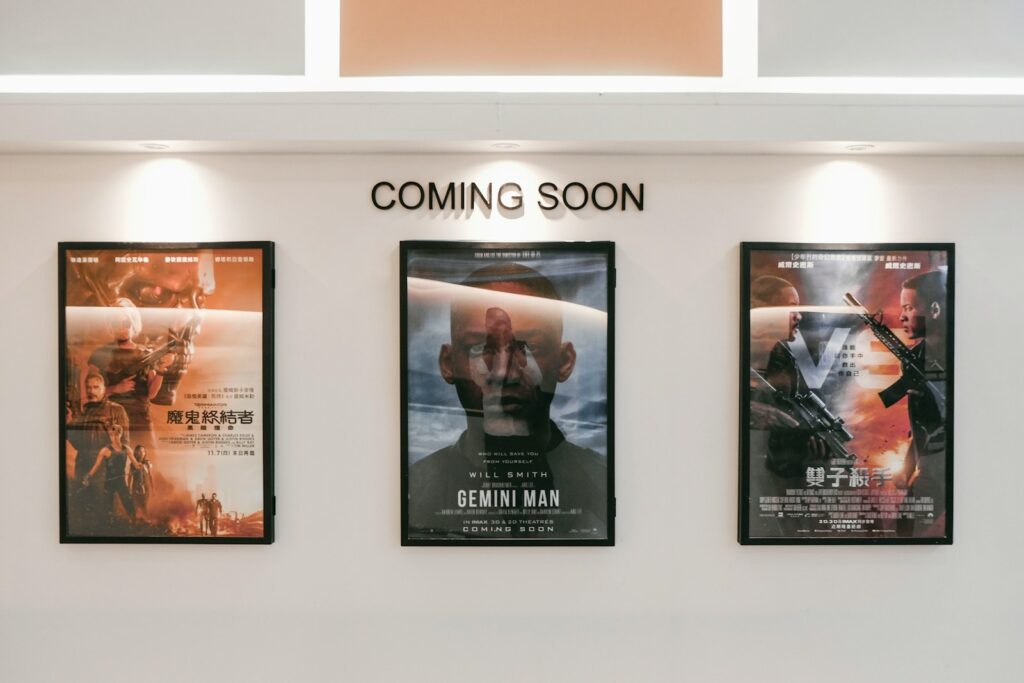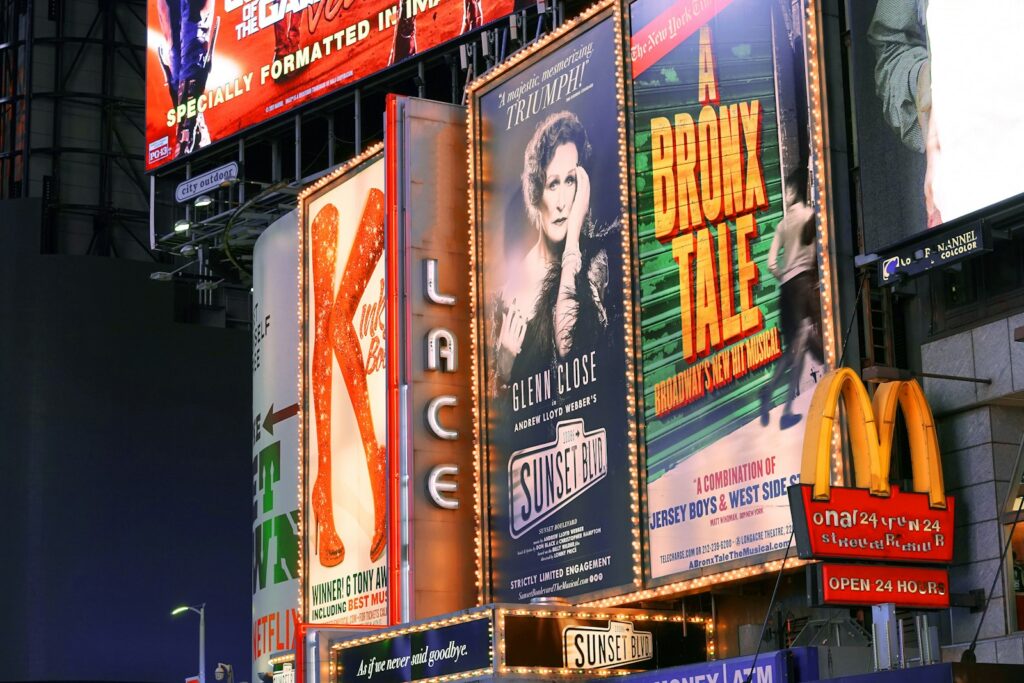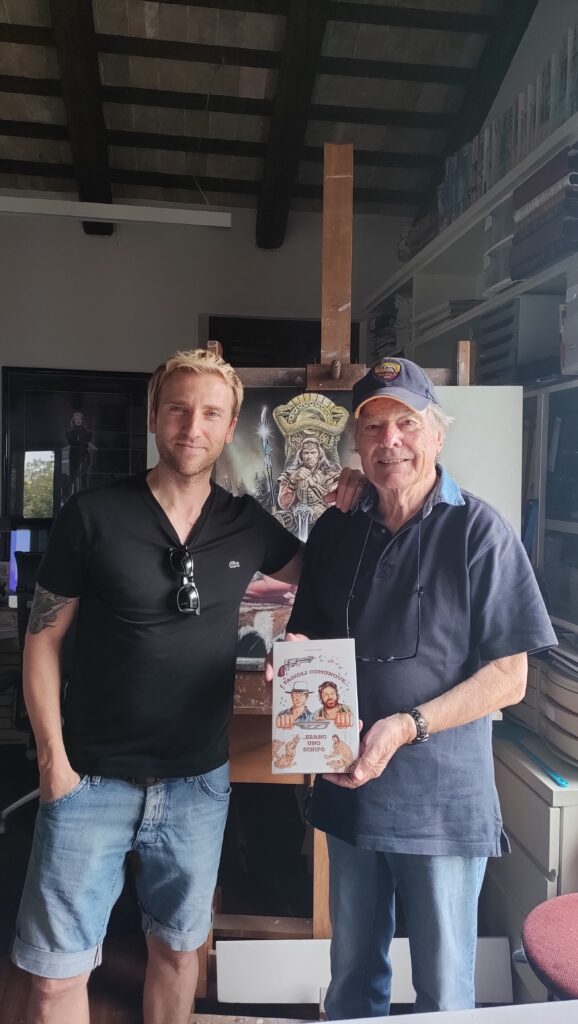
The world of cinema recently mourned the passing of Renato Casaro, an artistic giant often hailed as “the Michelangelo of movie posters,” who died on September 30 at the age of 89 in Treviso, Italy. Despite a prolific career spanning over half a century and encompassing some 2,000 posters, his name remained largely unknown to the general public, often relegated to a tiny “Casaro” printed in the margins. Yet, within the industry, his vivid and transformative art was considered invaluable, earning him profound admiration from legendary directors and stars alike, including Sergio Leone, Sylvester Stallone, and Quentin Tarantino.
Casaro’s unique ability to encapsulate the very soul of a film within a single, arresting image made him an indispensable figure in cinematic history. His artistry transcended mere promotion, elevating movie posters to an art form that captivated audiences and defined the visual memory of countless iconic films. From the dusty, sun-drenched landscapes of spaghetti westerns to the brawny, mythic heroes of Hollywood blockbusters, his brushstrokes brought characters and narratives to life with unparalleled intensity and dramatic flair.
His passing marks the end of an era, a poignant reminder of a time when hand-painted artistry was at the heart of movie marketing. This retrospective delves into the brilliance of Renato Casaro, celebrating the visionary who truly was “cinema’s last poster designer” and whose works are deeply woven into the fabric of global cinema.
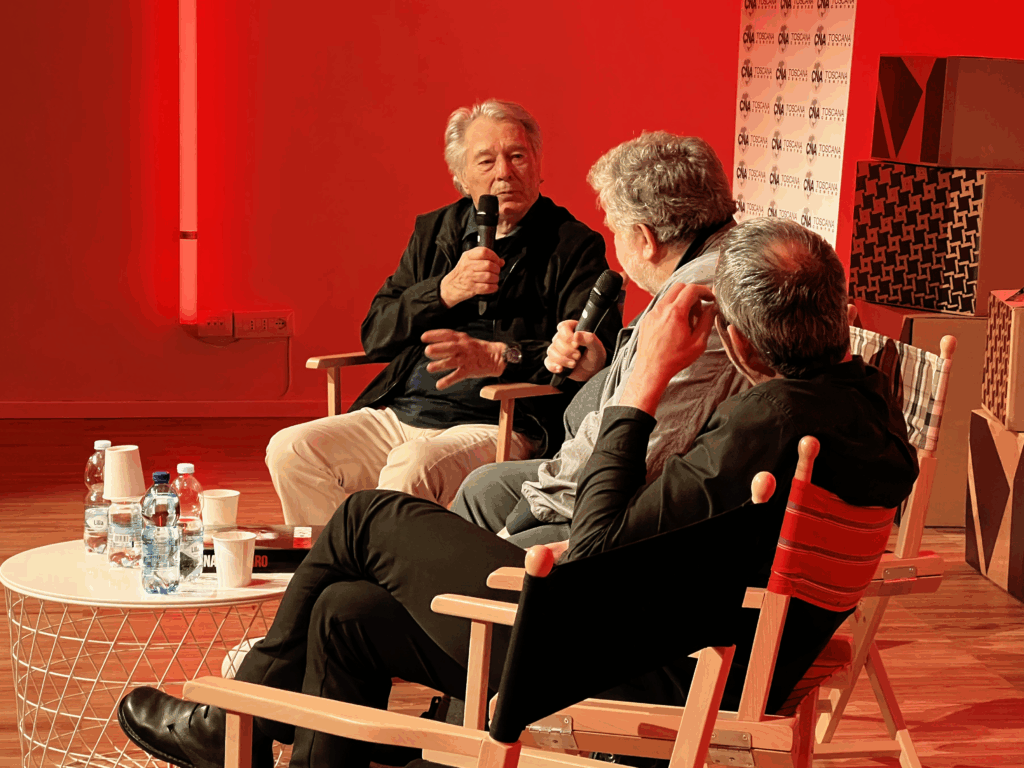
1. **The “Michelangelo of Movie Posters”: A Legacy Unveiled**Renato Casaro’s extraordinary talent earned him the lofty moniker “the Michelangelo of movie posters,” a title that perfectly encapsulates the monumental impact of his work. This grand comparison was a recognition of his unparalleled skill in crafting vivid, memorable, and often awe-inspiring images that transcended simple advertising to become works of art. His canvases, splashed across billboards and cinema lobbies worldwide, were as meticulously composed and emotionally resonant as any Renaissance fresco.
His influence extended across myriad genres and continents, shaping how millions perceived and anticipated films. Directors like Sergio Leone, Sylvester Stallone, and Quentin Tarantino openly praised his genius, acknowledging that Casaro’s visual interpretations often enhanced their cinematic visions. Tarantino, a known film history enthusiast, went as far as to call him his “favorite,” a testament to the profound respect he commanded from those who understood the intricate dance between film and its presentation.
The sheer volume of his output—approximately 2,000 posters over five decades—speaks volumes about his tireless dedication. Each piece was a testament to his unique ability to distill complex narratives into a singular, compelling image, inviting viewers into the cinematic world even before the opening credits rolled. His legacy is not just in the quantity of his work, but in its consistent quality and enduring evocative power.
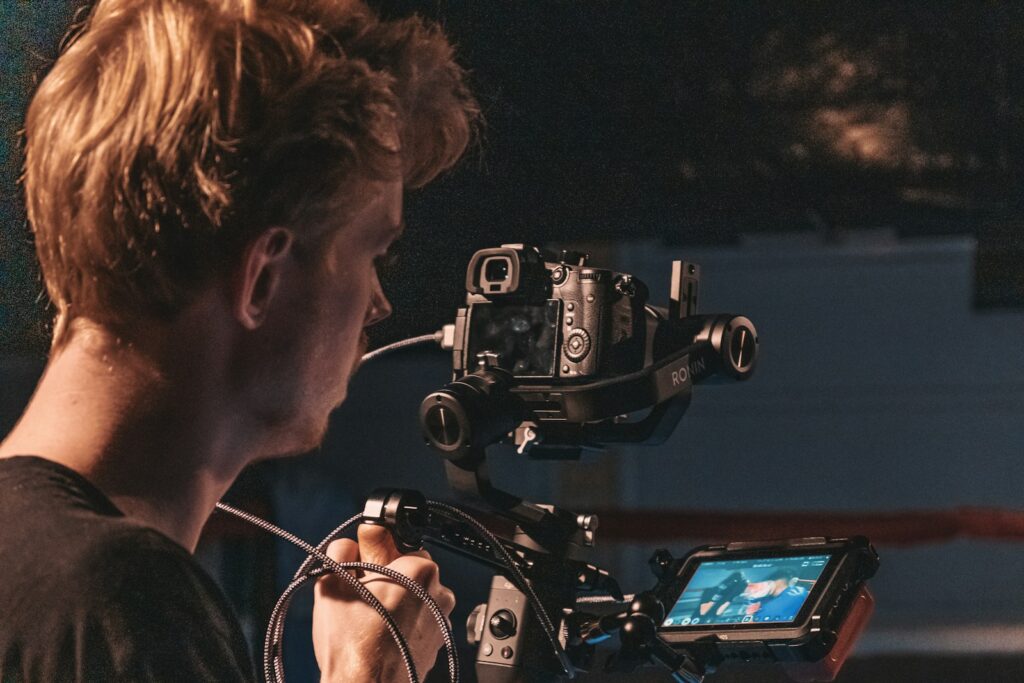
2. **From Treviso’s Theaters to Rome’s Film Industry: Casaro’s Humble Beginnings**Renato Casaro’s journey into the illustrious world of movie poster art began in his native Treviso, Italy, born on October 26, 1935. His fascination with cinema sparked at a young age, leading him to an unconventional apprenticeship: drawing posters for local theaters in exchange for free admission. This early immersion, combined with hands-on experience, laid the groundwork for his future mastery and emphasized immediate visual communication.
This formative period allowed him to experiment with scale and impact, drawing everything from portraits to animals, and trying to reproduce paintings by artists like Norman Rockwell and Angelo Cesselon. The provincial theaters provided a foundational education in what made an image compelling enough to draw an audience in, a skill that would become his hallmark.
In 1954, at 19, Casaro ventured to Rome, a pivotal move. He secured a job as a staff artist for Studio Favalli, a prominent advertising studio specializing in movie posters. Just three years later, demonstrating remarkable ambition and talent, he opened his own independent art studio at 21. His first official poster for the 1955 film “Criminals Against the World” marked the true beginning of his prolific professional journey.
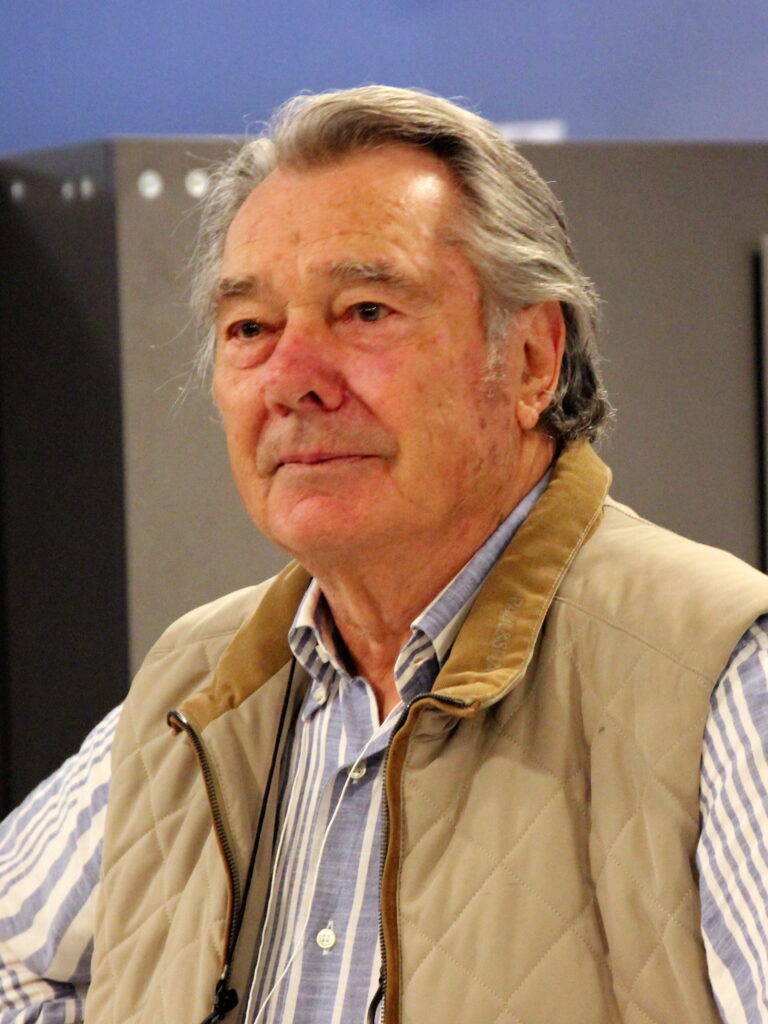
3. **The Art of the Hook: Casaro’s Philosophy of Poster Design**At the heart of Renato Casaro’s enduring success was a profound and clear philosophy regarding the purpose and power of a movie poster. He famously articulated this belief, stating that a good movie poster was akin to “bait on a fishhook.” This evocative metaphor perfectly encapsulates his understanding that the primary role of the poster was not just to depict, but to entice, to capture curiosity, and to draw the viewer into the narrative world of the film, promising an experience without giving everything away.
He emphasized that the true challenge lay in “capturing the essential: that moment, that glance, that attitude, that movement that says everything and condenses the entire story.” This distillation process was what set his work apart. It wasn’t about illustrating a scene directly, but about finding the singular visual element that could communicate the core emotion, conflict, or allure of the entire movie. He believed deeply that “You can’t cheat. You can’t promise something that isn’t there,” underscoring his commitment to integrity in visual storytelling.
This philosophy meant a deep engagement with the film itself, understanding its nuances and identifying its most impactful elements. His work was a delicate balance between artistic interpretation and faithful representation of the film’s spirit. It was about making the viewer wonder, “What just happened here?” as he explained when discussing his poster for “Nikita.” For Casaro, the poster was the film’s first compelling handshake, crucial for being both honest and captivating.
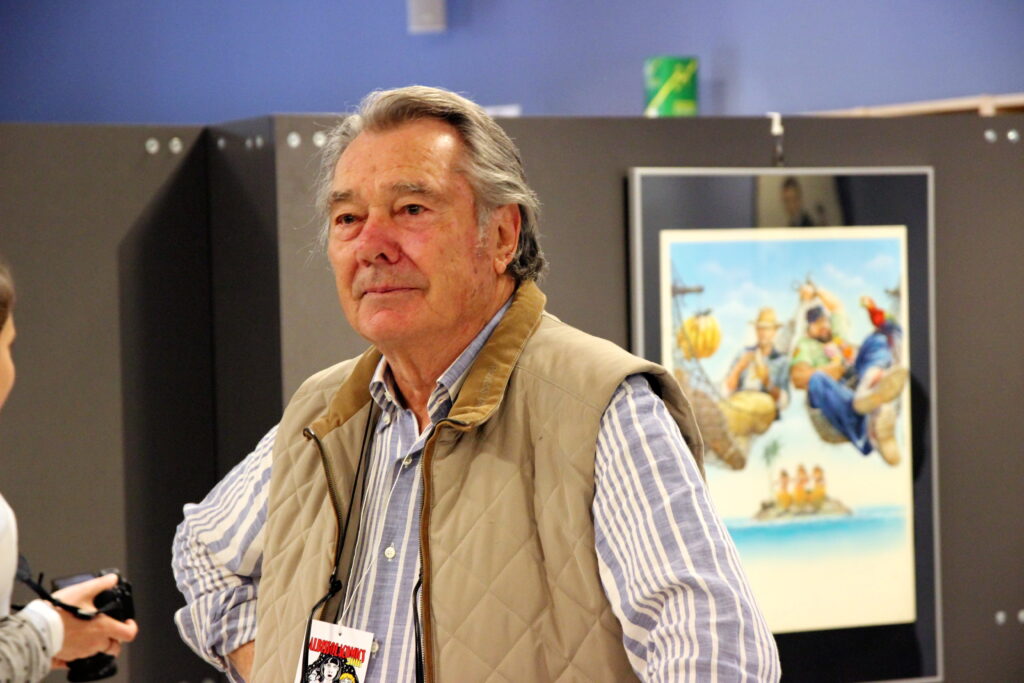
4. **Brushstrokes to Airbrush: Mastering Traditional Techniques**Renato Casaro’s artistic process was deeply rooted in traditional methods, a stark contrast to the digital landscape that would eventually dominate the industry. Before the advent of software and digital graphics, which he believed often left images “with no soul,” Casaro worked with tangible tools: brushes and tempera paint. His early pieces, particularly for the spaghetti westerns, bore what he described as an “impressionistic” look, allowing for a certain painterly quality and atmospheric depth.
As his career progressed and the demands for sharper, more realistic imagery grew, Casaro adapted his technique, eventually turning to the airbrush. This shift marked a significant evolution in his style, giving his work a “sharper realism” while paradoxically making it “more magical.” The airbrush allowed for incredibly smooth gradients and precise details, enabling him to craft the superhuman, god-like figures that became synonymous with his action and fantasy posters.
His mastery of these traditional mediums, from the broad strokes of tempera to the fine mist of the airbrush, underscores his adaptability and technical prowess. He was a skilled painter who understood how to manipulate paint and color to achieve specific emotional and visual effects. This dedication to craft meant each poster was a bespoke work of art, infused with the artist’s hand and vision.
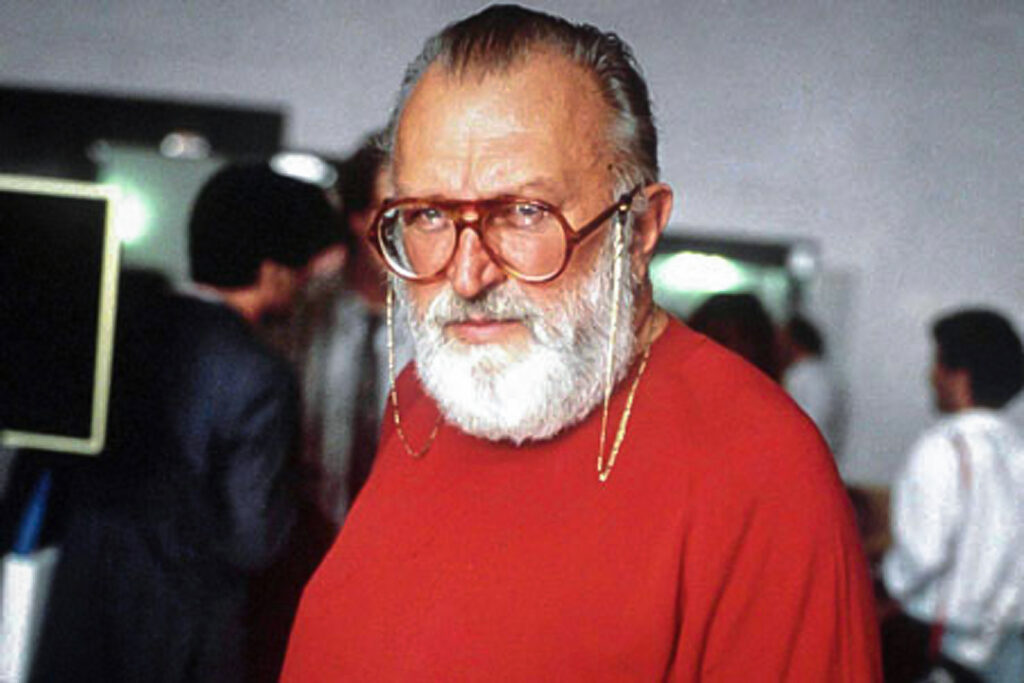
5. **The Perfect Couple: Collaborating with Sergio Leone**Among Renato Casaro’s many esteemed collaborations, his relationship with the iconic Italian director Sergio Leone stands out as particularly symbiotic and creatively fruitful. Casaro himself described their partnership as “the perfect couple: one heart, one soul” in a 2022 interview with The Guardian. This profound connection began in the 1960s, a period when Casaro made his name illustrating Leone’s groundbreaking Italian productions of classic American spurs-and-six-guns movies, the legendary spaghetti westerns.
It was Casaro’s posters for three of these films that famously catapulted Clint Eastwood to international stardom: “A Fistful of Dollars” (1964), “For a Few Dollars More” (1965), and “The Good, The Bad and The Ugly” (1966). His artwork for “A Fistful of Dollars” in particular played a crucial role in helping the movie become a worldwide sensation. Casaro’s ability to capture the grit, stoicism, and stark drama of Leone’s cinematic vision, featuring the iconic “Man With No Name,” was unparalleled.
Their collaboration extended beyond westerns, reuniting for projects like “My Name Is Nobody” (1973) and the star-studded 1984 mob epic “Once Upon a Time in America.” For the latter, Casaro crafted a poster so definitive that Leone, recognizing the artist’s singular contribution, insisted on putting Casaro’s name in the end credits – a rare honor. This gesture underscores the depth of Leone’s appreciation for Casaro’s unique ability to enhance the narrative power of his films.

6. **Sculpting Gods: His Iconic Renditions of Arnold Schwarzenegger**Renato Casaro possessed a distinctive “weakness for heroes,” a predilection that found its ultimate expression in his powerful and monumental renderings of Arnold Schwarzenegger. Casaro’s ability to transform the bodybuilder-turned-actor into a veritable god of Mount Olympus for his film posters was instrumental in shaping Schwarzenegger’s early Hollywood persona and accelerating his rise to superstardom. His work for “Conan the Barbarian” (1982) and “Terminator 2: Judgment Day” (1991) are prime examples.
For “Conan the Barbarian,” Casaro’s depiction of Schwarzenegger in a horned helmet, sword aloft, was nothing short of superhuman. This poster, which helped put Arnold “on the map in Hollywood,” presented him as an archetypal, mythic figure. Casaro himself remarked, “Schwarzenegger was the perfect man to paint. He had a tough expression. His face was like a sculpture. It was a real pleasure for me — I have always had a weakness for heroes.” This intimate understanding allowed Casaro to create images that were both realistic and larger than life.
His subsequent work for Schwarzenegger films, including “Red Sonja” (1985), “The Running Man” (1987), “Total Recall” (1990), “Terminator 2: Judgment Day” (1991), and “True Lies” (1994), further solidified this heroic iconography. Casaro’s posters were character definitions, powerful visual statements that communicated Schwarzenegger’s strength, intensity, and charisma, making him an instantly recognizable and enduring cinematic hero.
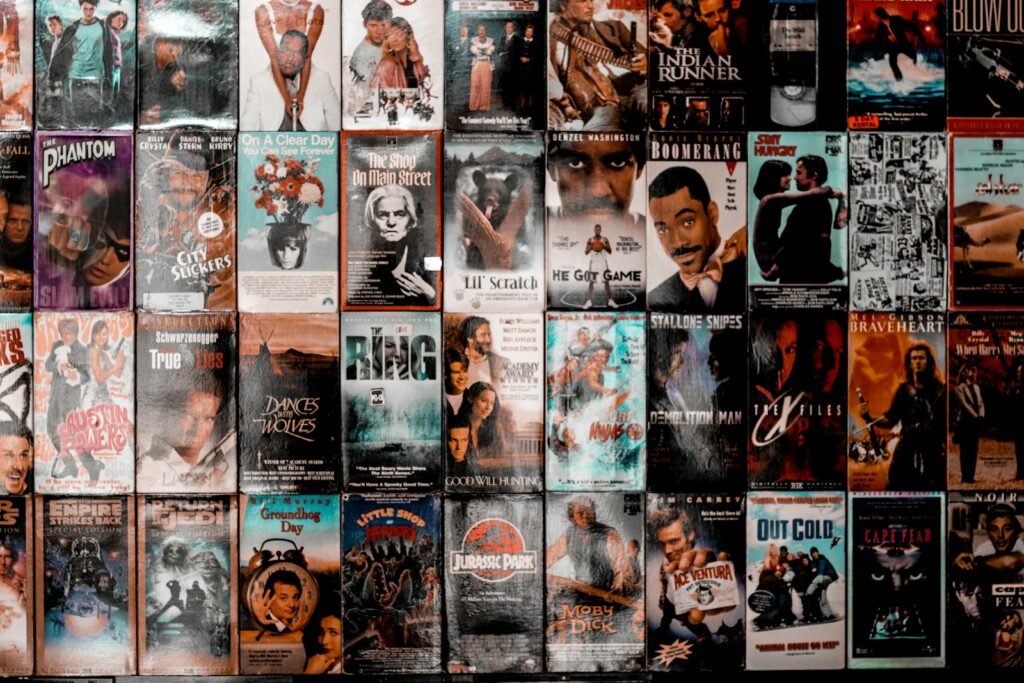
7. **”What Just Happened Here?”: The Enigma of “Nikita”**Among the vast catalogue of Renato Casaro’s celebrated works, one poster held a special place in his heart: the artwork for Luc Besson’s 1990 action thriller, “Nikita” (released as “La Femme Nikita” in the United States). This particular piece resonated deeply with Casaro because it perfectly embodied his philosophy of capturing the “essential” and enticing the viewer with a narrative enigma, demonstrating his ability to create “bait on a fishhook” through subtle suggestion.
The poster, as Casaro described on “CBS Mornings” in 2023, “shows a woman with her back turned behind a bathroom door.” This seemingly simple image was, in his view, a masterstroke of psychological intrigue. It raised an immediate, compelling question in the viewer’s mind: “What just happened here?” This deliberate ambiguity, the hint of a dramatic moment without fully revealing it, was precisely what Casaro aimed for in his best work.
The success of the “Nikita” poster lay in its ability to condense an entire story’s emotional and dramatic weight into a single, provocative image. It highlighted the mysterious and dangerous allure of the protagonist, an assassin with “supermodel looks and a supersized handgun,” without resorting to explicit violence. For Casaro, this poster was a personal favorite because it exemplified his belief that the most effective way to sell a film was not through a comprehensive summary, but through an irresistible whisper of its deepest secrets.
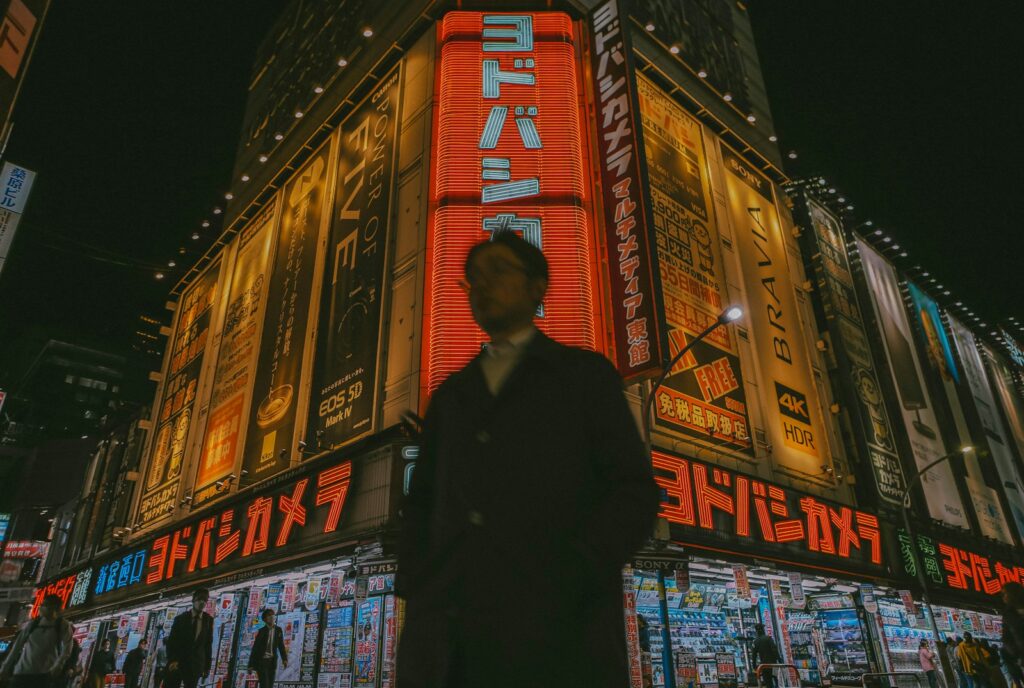
8. **”The Bible: In the Beginning”: A Colossal Breakthrough**Renato Casaro’s ascension to international prominence was irrevocably marked by his colossal undertaking for John Huston’s 1966 epic, “The Bible: In the Beginning…” This sweeping adaptation of Genesis offered Casaro an unparalleled canvas to showcase his nascent mastery of large-scale dramatic illustration, a collaboration brokered through his long-standing professional relationship with producer Dino De Laurentiis.
The film’s immense scale demanded a poster that conveyed its epic scope and star-studded cast, including Richard Harris and Huston himself. Casaro’s visually arresting tableau captured the grandeur of Genesis, solidifying his reputation beyond genre films and demonstrating his versatility in handling diverse cinematic themes.
The artwork’s impact was immediate and global. An enormous billboard on Sunset Boulevard, featuring his work for months, functioned as much as an advertisement for the burgeoning artist as for the movie. This monumental exposure became a catalyst, ensuring that “after that, my phone never stopped ringing,” a testament to his art’s powerful presence on the world stage.
9. **Unforgettable Allure: “The Postman Always Rings Twice”**Beyond mythic heroes and grand epics, Casaro’s artistry excelled at encapsulating raw human passion, vividly demonstrated in his work for the steamy 1981 remake of “The Postman Always Rings Twice.” Starring Jack Nicholson and Jessica Lange, the film’s narrative was steeped in intense, forbidden romance and violent consequence. His poster was described as a “bodice-ripper,” testament to its charged sensuality.
The artwork deftly captured the volatile chemistry, often featuring the iconic image of Nicholson and Lange entangled across a kitchen table. This composition went beyond simple character portrayal, delving into the story’s psychological and carnal undertones. Casaro’s ability to suggest danger and allure simultaneously, without explicit detail, created undeniable atmospheric tension.
This piece exemplified his “bait on a fishhook” philosophy, tantalizing viewers with a glimpse into the film’s core conflict and compelling, dangerous romance. It showcased his range in evoking complex human emotions, proving his versatility beyond action-heavy work. The poster remains a celebrated example of distilling a film’s essence, even when that essence was morally fraught.

10. **Hitchcockian Intrigue: “Blow Out” and Genre Versatility**Renato Casaro’s remarkable versatility was further evidenced in his striking poster for Brian De Palma’s 1981 thriller, “Blow Out.” This neo-noir homage, starring John Travolta and Nancy Allen, presented a complex narrative of conspiracy and moral ambiguity. Casaro responded with a retro, Hitchcockian collage that perfectly mirrored the film’s intricate plot and suspenseful atmosphere.
The poster eschewed a single heroic figure for a layered composition, integrating various narrative elements and character facets into a cohesive, enigmatic visual statement. This approach highlighted Casaro’s ability to adapt his style to unique film demands, moving beyond the bombastic to craft something more cerebral and suggestive.
This piece stands as a testament to his capacity to master different genres, from grand epics to intricate psychological thrillers. By creating a visual narrative both classic and contemporary, Casaro captured the film’s tense mood and De Palma’s directorial flair, showcasing his nuanced art of intrigue and suspense.
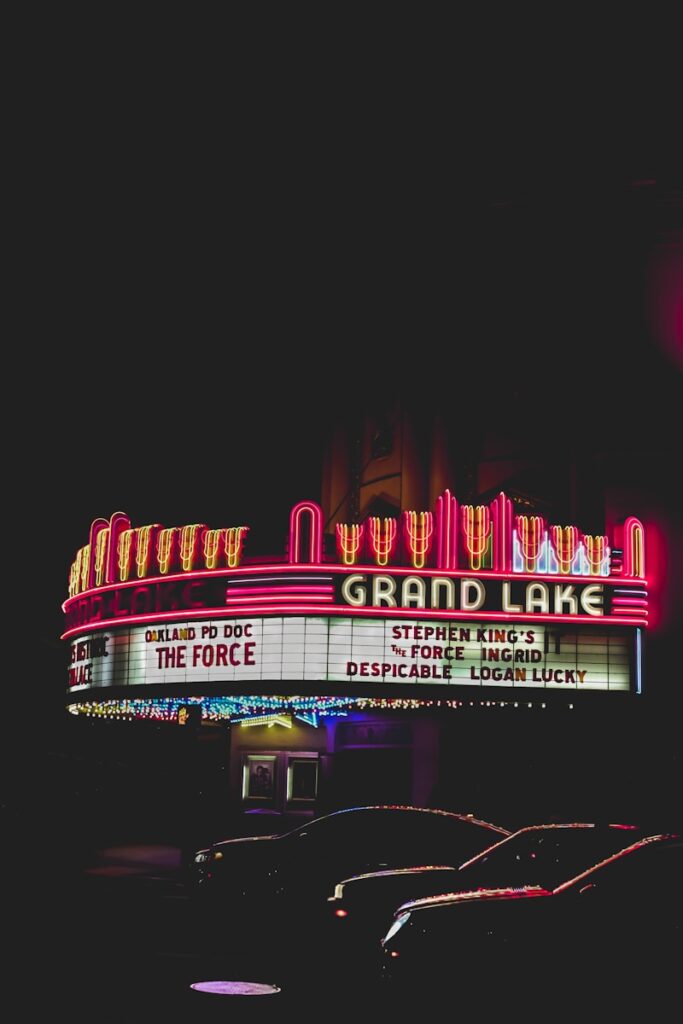
11. **Transforming Spectacle: “Octopussy” and the Bond Legacy**For the 1983 James Bond installment, “Octopussy,” Renato Casaro delivered an action-packed illustration that transformed a “rather forgettable” Roger Moore film into what appeared to be an epic on par with “Lawrence of Arabia.” This hyperbolic effect underscores Casaro’s genius in elevating promotional art beyond mere depiction, infusing a film with a grandeur that might exceed its on-screen reality.
The poster was a masterclass in dynamic composition, replete with explosive action sequences, exotic locales, and the iconic Bond persona. It wove multiple narrative threads into a single, thrilling image, promising viewers a spectacle of international espionage and high-stakes adventure. Casaro’s vibrant colors and dramatic flair ensured immediate attention.
This work exemplifies Casaro’s deep understanding of commercial appeal and his ability to leverage popular iconography. He understood blockbuster cinema’s visual language, articulating it with unparalleled energy. Even when a film lacked critical acclaim, Casaro’s poster ensured a powerful, enduring visual identity, solidifying its place in collective memory through sheer artistic force.
12. **Beyond Hollywood: Diverse Collaborations with Acclaimed Directors**While work with Sergio Leone and iconic depictions of Arnold Schwarzenegger garnered attention, Renato Casaro’s career featured a far broader spectrum of collaborations with celebrated directors globally. His impressive résumé includes contributions to films by master auteurs like Francis Ford Coppola (“The Godfather Part III,” 1990), David Lynch (“Dune,” 1984, and “Wild at Heart,” 1990), and Bernardo Bertolucci (“The Last Emperor,” 1987, and “The Sheltering Sky,” 1990).
These collaborations underscore his adaptability and his art’s universal appeal. He transitioned seamlessly from gritty westerns to grand historical epics, the surreal landscapes of Lynch, or the intimate dramas of Bertolucci. For “The Sheltering Sky,” Casaro’s painting adorned the 1990 poster, a testament to his capacity for evoking contemplative and atmospheric moods.
His list of esteemed collaborators also included Rob Reiner (“The Princess Bride,” 1987, and “Misery,” 1990), and numerous other European luminaries. This vast, diverse portfolio highlights his prolific output, profound influence across different cinematic movements, and esteemed position within the international filmmaking community.
Read more about: Claudia Cardinale, Italian Cinema’s Enduring Star and ‘Dream Girl,’ Dies at 87

13. **The Digital Divide: Farewell to Hand-Drawn Art**The latter part of the 20th century brought a seismic shift to the film industry, altering the craft of movie poster design. By the 1990s, Renato Casaro’s traditional hand-drawn artistry began to wane, supplanted by the rapid ascent of digital tools. Work started to “dry up” as the industry turned to Photoshop and other computer software, marking a poignant end to an era.
Casaro held a clear and poignant view on this transition, lamenting that while digital software made it “very easy to generate a spectacular image,” such images often lacked “soul.” This sentiment spoke to his deep artistic conviction that the human touch and interpretive spirit of a painter were irreplaceable. For him, the digital shift represented a loss of intrinsic artistic value.
His retirement from commercial poster design in 1998, prompted by studios opting for digital formats, was a quiet but significant moment. A 2021 retrospective aptly billed him as “cinema’s last poster designer,” acknowledging his role as a sentinel of a vanishing art form and a symbol of an entire epoch in film advertising.
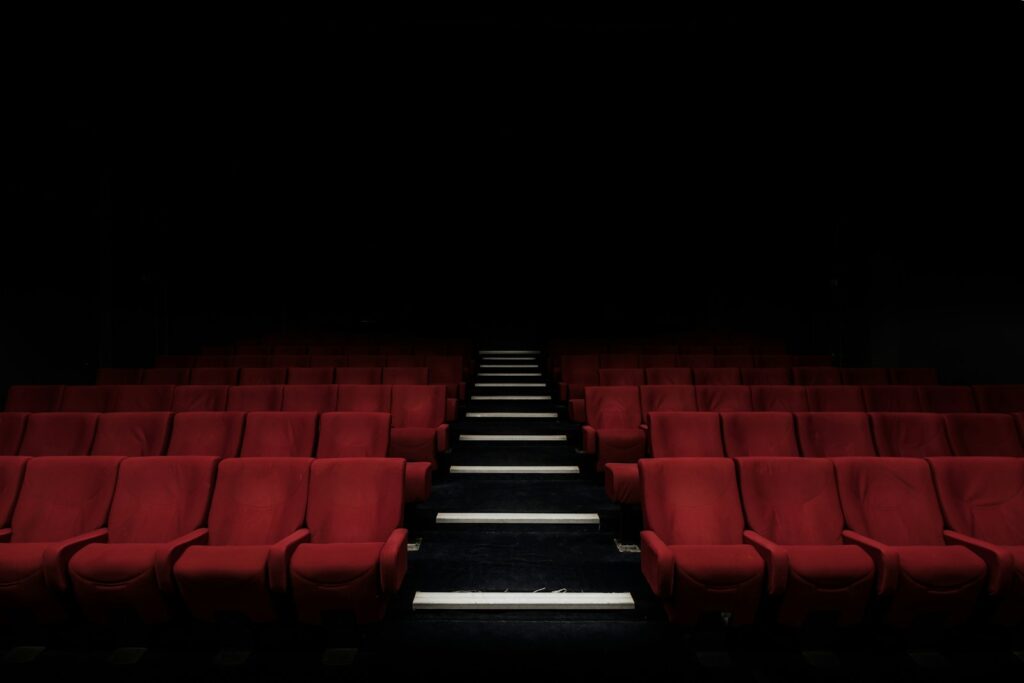
14. **A Tarantino Encore: The Resurgence with “Once Upon a Time in… Hollywood”**Just as Renato Casaro’s illustrious career as a commercial poster artist seemed concluded, a remarkable third act unfolded, orchestrated by Quentin Tarantino. A self-professed “ultimate film geek” and long-time admirer who openly declared Casaro his “favorite,” Tarantino personally sought out the veteran designer for his 2019 film, “Once Upon a Time in… Hollywood,” sparking a triumphant, albeit brief, resurgence.
Tarantino’s vision for the film, a nostalgic ode to 1960s/’70s Hollywood, demanded an authentic, vintage aesthetic, especially for the fictional Italian Westerns starring Leonardo DiCaprio’s character, Rick Dalton. Who better to capture the genuine spirit of that era’s Italian movie promotion than the maestro himself? Tarantino commissioned Casaro to create these retro spaghetti western posters, bringing his signature style back to the big screen decades after his commercial retirement.
This unexpected collaboration was a profound validation of Casaro’s enduring artistry and legacy. After production, Tarantino sent Casaro a signed photo of DiCaprio posing for a poster, accompanied by a heartfelt note: “Thanks so much for your art gracing my picture. You’ve always been my favorite.” This gesture from a director known for his meticulous reverence for cinema history, solidified Casaro’s position as an artist whose work remained deeply relevant and cherished.

15. **An Enduring Legacy: Casaro’s Place in Cultural Heritage**Renato Casaro’s passing on September 30 at 89 years old elevated his extraordinary body of work from commercial art to an irreplaceable component of global cultural heritage. His iconic images, once adorning cinema lobbies and billboards, have found their rightful place within museum walls and academic retrospectives, ensuring preservation and continued study for future generations.
In recent years, his home region mounted several retrospectives, celebrating his western iconography and restoring large-format pieces. A permanent “Sala Renato Casaro” (Renato Casaro Hall) has been established within the National Museum Collezione Salce in Treviso, a testament to his generosity and the museum’s commitment to his legacy, where his work will “live forever.”
Casaro’s process, a bridge between classic atelier craft and modern marketing, continues to serve as a reference point for designers. His ability to sketch multiple layouts, paint final art at theatrical sizes, and produce variant campaigns underscores a sophisticated approach. As the industry cycles back to illustrated campaigns, Casaro’s archive remains an invaluable resource, demonstrating how expressive drawing can still captivate in a digital landscape. His art is an irreplaceable testimony to the dialogue between painting and cinema.
The “Michelangelo of movie posters” may have left us, but his vibrant, soul-infused visions will continue to inspire, provoke, and remind us of a time when every film’s introduction was a hand-painted promise, a true work of art. Casaro didn’t just sell movies; he crafted dreams, one brushstroke at a time, leaving an indelible mark on the collective imagination of moviegoers worldwide.


